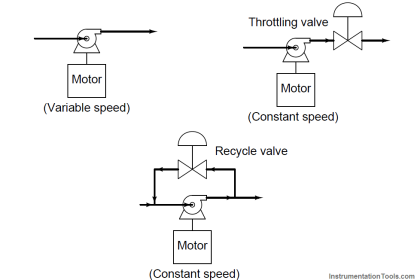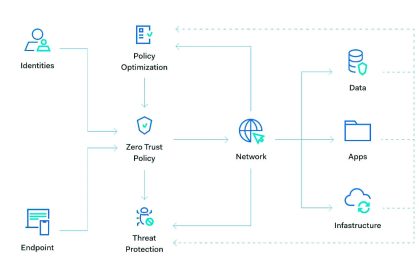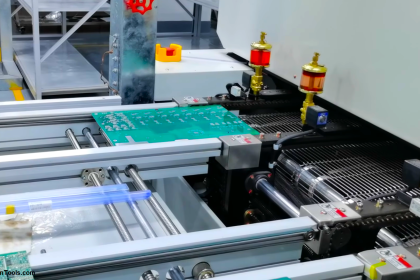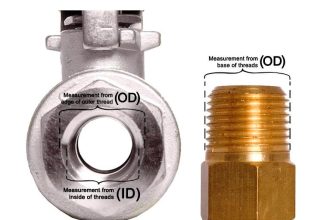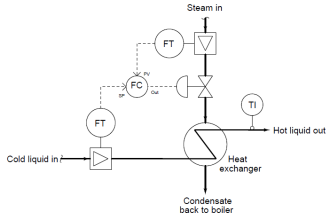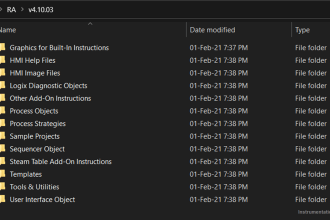If you work in the glass industry, then you will know the vital nature of safety procedures in the workplace. Glass can be extremely harmful, causing serious or fatal injury if handled incorrectly.
Therefore, any workplace that handles glass-type projects needs acute safety measures in place so their business is protected from liability and financial repercussions.
Safety Tips for Glass Workers

Read on to find out the essential things that should be commonplace in every workplace where there is glass handling activity.
Wearing the Right Protective Clothing
The most important PPE equipment for any form of glass work is safety goggles. Eyes are vulnerable in lots of different manual jobs, but particularly so when it comes to handling fragile glass.
Therefore, the right pair of safety goggles is essential in protecting eyes from shards of glass, breakage, and cuts. Professional grade masks are also essential if any chemicals are being used as they protect the lungs against irritation and prevent any harmful after effects from close contact usage.
Aside from goggles, it is also recommended to wear long sleeves and long trousers, or some form of overall that covers the skin. Any skin that is exposed without a protective layer can be more seriously harmed by any broken glass or accidental injury.
For the more serious injuries, life is at risk and there will be a need for stitches or even surgery to repair the damage.
So, if the skin is covered by a layer of clothing (the thicker the better), there is less chance of this occurring. Furthermore, if an incident should happen, there is a better chance of minimizing the overall impact of any damages.
Using Professional Tools
Glasswork entails so much more than just working with hands, and professional tools are there to cut, maneuver and properly store it within a workplace setting. When it comes to safety, perhaps the most essential of all the tools is these glass vacuum lifters as demonstrated with the Glass Boy product from 4 Cladding Services. This company specializes in all things glass work and has a range of products tailored for different projects from construction to domestic and everything in between.
Furthermore, it also provides essential training information when it comes to the practical application of the hired or purchased tool. Glass lifting vacuums are a way to securely move glass through the use of the vacuuming function. Airtight and completely safe, these machines suction the glass and safely balance it which is very useful for larger panes such as roof structures.
Don’t Cut Corners
It can be tempting to cut corners in any job, but certain professions hold a higher danger factor than others when it comes to quick fixes and lazy strategy approaches. Any form of glass work falls into the latter category. There is no room for cutting corners as an easier solution may be tempting, but the consequences could be irreparable.
For example, using one person instead of two for a two-man job can (and most likely will) lead to glass breakage, personal injury, and loss of financial assets too. Despite the lure of an easy job, this line of work calls for precision, clear thought, and conscientious practices across the board at all times in the workplace.
Stay Up to Date with Industry Practices
There is always something to learn and new policies to be clued in over. Business safety procedures shift in line with the times, and glass work sits nicely within this remit.
Staying up to date and engaging with updated training is the only way to move forward safely. Basic training that should be given to all new employees (and current) includes:
- What to do when handling glass and it breaks.
- How to safely transport and move the glass.
- How to store glass properly to minimize the chance of damage and injury.
- Proper practices around PPE.
- Awareness and Engagement training.
These types of training activities should be kept in the constant review in order to retain relevance. Yearly features and courses are a good idea and can enable a more knowledgeable, empowered workforce which is able to better focus on the task at hand in an assured way.
There is little room for mistakes when it comes to handling glass. Correct health and safety protocol is also a legal requirement for any manual labor style business and is there to protect both workers and clients. A business that does not keep these things in check is liable for fines and closures.
There are many elements to consider when creating a safety-focused workspace. The right tools for the job are essential and that includes equipment but also protective clothing and metaphorical tools such as knowledge-based training and continued learning for practical application. Working with glass can be hazardous when done incorrectly without following the proper procedures, with the risk of serious injury being high on the list.
